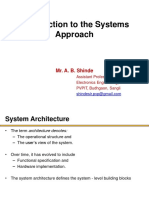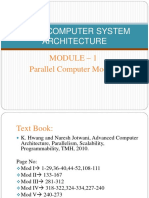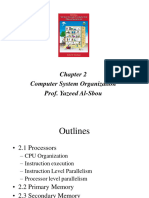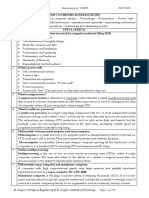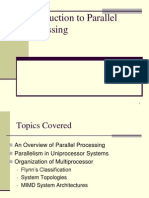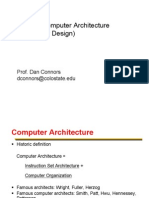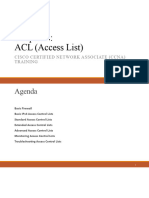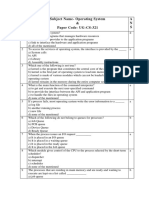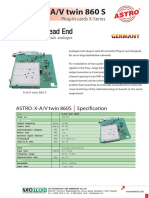0% found this document useful (0 votes)
62 views56 pagesL03 Architecture Memory
The document discusses parallel computing architectures, focusing on key concepts such as concurrency, parallelism, and various forms of processor performance gains. It outlines the importance of understanding processor architecture, memory organization, and different types of parallelism, including bit, instruction, thread, and processor level parallelism. Additionally, it covers Flynn's taxonomy of parallel architectures and the design of multicore processors, emphasizing the significance of efficient memory access and data management in modern computing.
Uploaded by
Vishnu PrasathCopyright
© © All Rights Reserved
We take content rights seriously. If you suspect this is your content, claim it here.
Available Formats
Download as PDF, TXT or read online on Scribd
0% found this document useful (0 votes)
62 views56 pagesL03 Architecture Memory
The document discusses parallel computing architectures, focusing on key concepts such as concurrency, parallelism, and various forms of processor performance gains. It outlines the importance of understanding processor architecture, memory organization, and different types of parallelism, including bit, instruction, thread, and processor level parallelism. Additionally, it covers Flynn's taxonomy of parallel architectures and the design of multicore processors, emphasizing the significance of efficient memory access and data management in modern computing.
Uploaded by
Vishnu PrasathCopyright
© © All Rights Reserved
We take content rights seriously. If you suspect this is your content, claim it here.
Available Formats
Download as PDF, TXT or read online on Scribd
/ 56





